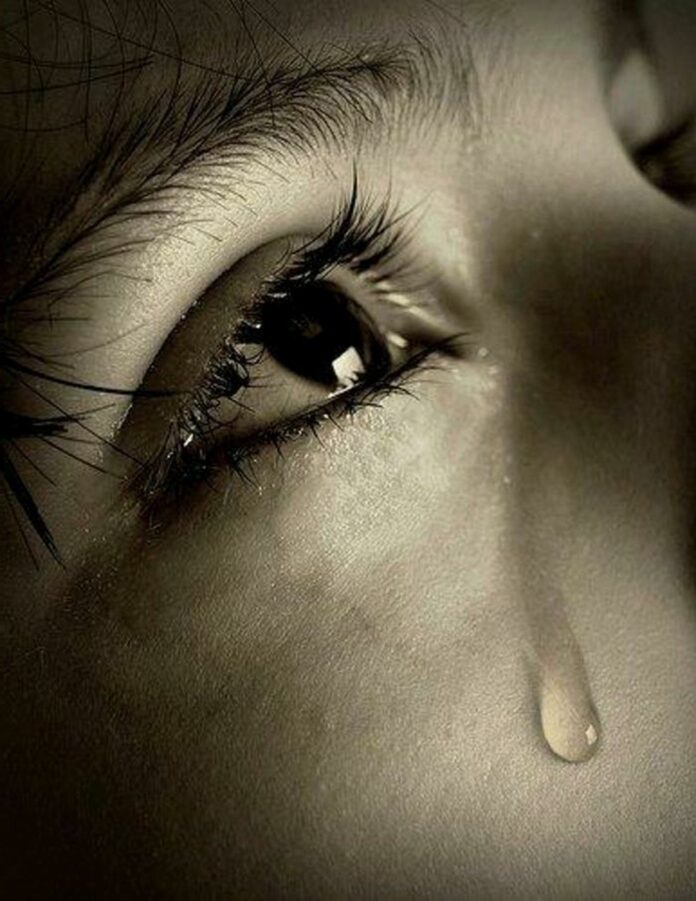Living in a society with norms and expectations surrounding the act of crying, it is easy to forget that behind the gender roles, ridicule, and perceived weakness of our tears, they serve an important and astonishing evolutionary purpose. First and foremost, we must establish that not all tears are the same: in fact, there is a consensus that there are three types of tears. Basal tears, always coat your eyes and protect them from debris, germs, and dirt. These tears are spread over your eyes every time you blink and help to keep your eyes clean and healthy. Next are reflex tears, which, as their name suggests, are made in response to foreign bodies such as chemicals, dust, smoke, and other potentially harmful things. (Think: onions!) They protect and clear out your eyes with antibodies and a quantity larger than basal tears. Finally, what most people think when they think of tears: is emotional tears. These are the tears that you release when you are crying from an emotion such as sadness, anger, or joy, and are what we will be exploring in this blog post!
Why Do We Cry?
There have been multiple theories as to why we cry emotional tears, but there are a few that stand out, make sense, and have stood the test of time. There is the fact that tears are an agent to relieve stress, as well as other strong emotions. Have you ever noticed how much better you feel once you’ve cried? That’s because when you cry, you release oxytocin and endorphin. These are widely known as “feel good” hormones and can relieve you of intense and unpleasant emotions. They have been found to relieve both physical and mental pain.
Crying is also a very important and effective social cue for humans, who are extremely sociable creatures whose health and well-being oftentimes depend upon said social connection. Of course, the most obvious example of this is a baby, who will cry to signal that they need something because they are unable to talk. But even into adolescence and adulthood, crying can cue others in on the fact that you need support, or that you are overwhelmed. Within family dynamics and communities, this can be an invaluable method of nonverbal communication.
How Did We Come to Cry?
Humans are the only known animals to cry. Of course, other organisms release tears just like our basal and reflex tears, but we are the only ones that seem to cry out of emotion. There have been many theories as to why (and some which have been disproven): as indications within our social circles, as a way to clear the body of toxins, as distress calls that were perceived as more submissive and thus gained less attention from potential predators… etc. But similar to many other phenomena that we can observe in the human species, it is a feature unique to humans. Funnily enough, we have done to crying what we have done with myriad things throughout history: assigned stereotypes and assumptions borne from the world and society around us. Funny that, don’t you think? Certainly, there is an unfortunate amount of shame and stigma surrounding the expression of emotions through tears. But how healthy it can be and how we are evolutionarily wired to feel good through crying, perhaps you’ll think about your preconceived notions about crying and give it a try. (Dare I say, give it a cry?)


